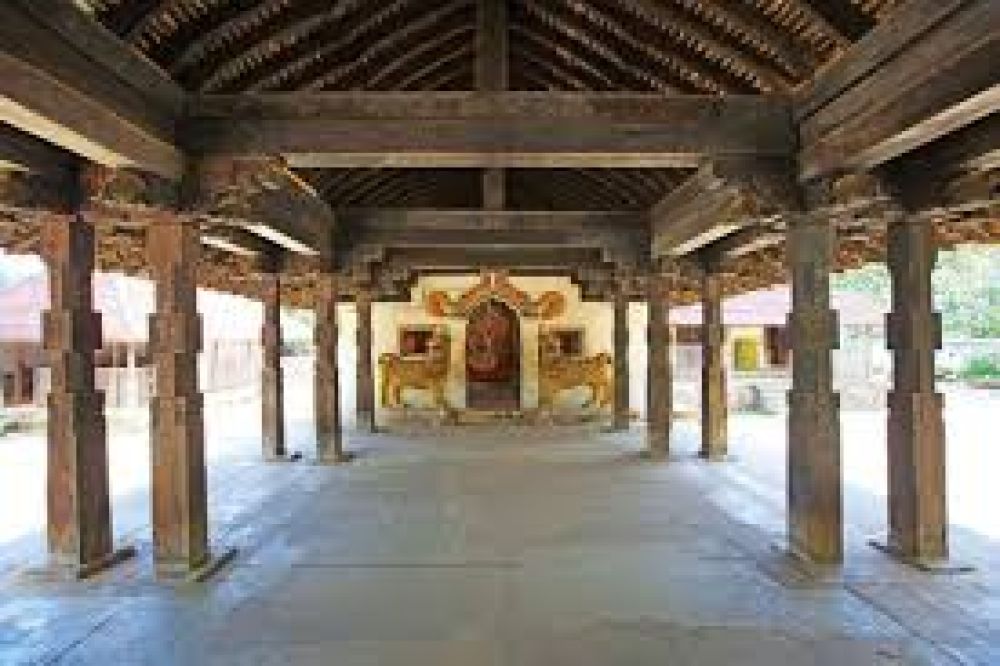

Embekka Devalaya, nestled in the Kandyan hills of Sri Lanka, represents a significant segment in the historical panorama of Sri Lankan tourism. This ancient temple complex, dedicated to the worship of Mahasen, popularly known as Kataragama Deviyo, is famed for its remarkable wood carvings and distinctive architectural style that hails from the Gampola era (AD 1341–1408) under King Vikramabahu III.
The inception of Embekka's tourism value dates back to its creation in the 14th century. Historically speaking, visitors have been drawn to the site to witness the splendor of traditional Sinhalese craftsmanship. Embekka Devalaya serves not only as a place of worship but also as a living museum that preserves and presents wood carvings of mythical creatures, dancers, soldiers, and intricate floral motifs that are unmatched in their complexity and artistry.
Tourism at Embekka Devalaya flourished as Sri Lanka's overall tourism industry began to rise with the promotion of its cultural heritage sites, which captivated travelers seeking to explore the island's illustrious past. With its inclusion in the Cultural Triangle of Sri Lanka and proximity to the city of Kandy, a UNESCO World Heritage site, Embekka drew greater numbers of both local and international tourists over the years.
Today, the latest tourism trend sees a focus on sustainable and responsible travel practices. Visitors are encouraged to engage with the site in ways that respect the temple's sacred nature and preserve its historical integrity. There is an emphasis on educational tours that highlight the architectural and cultural significance of Embekka Devalaya, making it a notable example of eco-cultural tourism development in the region.
For travelers looking to visit Embekka Devalaya, it is recommended to incorporate their journey with a tour of nearby sites such as the Temple of the Tooth Relic, the Peradeniya Botanical Gardens, and other heritage sites in Kandy. This provides a comprehensive cultural and historical experience while in the heart of Sri Lanka. The best times to visit are during the cooler months from December to April, when the weather is more favorable for exploration.
The recent global interest in immersive cultural experiences and natural landscapes has benefited Embekka Devalaya, where visitors can witness the synergy between historical craftsmanship and the serene Kandyan environment. The temple's popularity continues to grow as part of the broader trend of travellers seeking authentic and enriching experiences.
Embekka Devalaya stands as a testament to Sri Lanka's rich heritage and continues to be a jewel in the crown of Kandy's historical tourism attractions. Its preservation and promotion as a cultural site reflect the country's commitment to maintaining its historical sites while educating and inspiring those who walk its ancient halls.